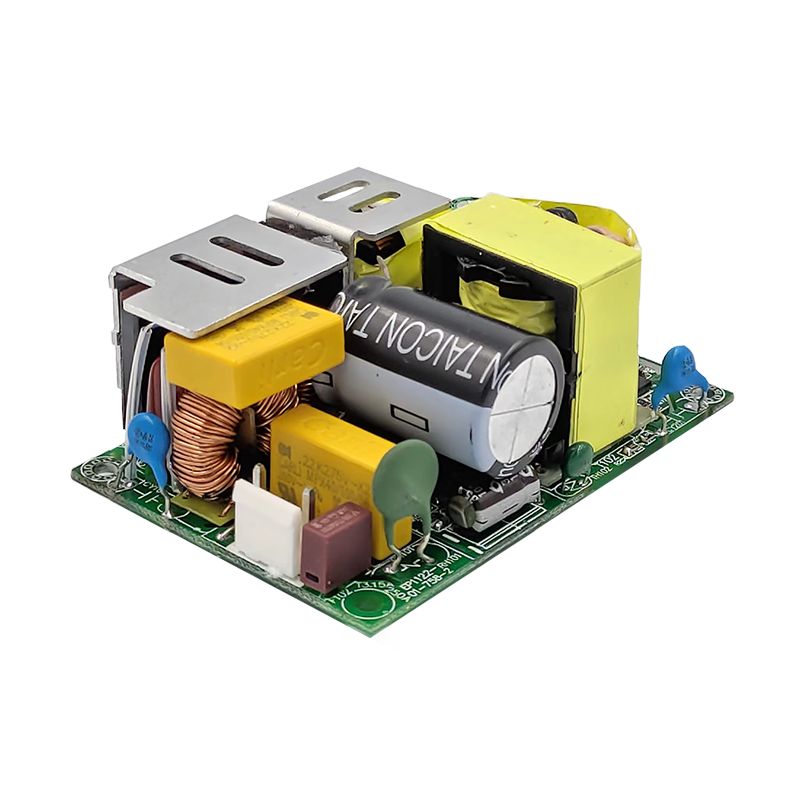The working process of the switching power supply is quite easy to understand. In the linear power supply, the linear mode of the power transistor work is different. Unlike the linear power supply, the PWM switching power supply is the state where the power transistor works is in turn and turn off. In these two types, these two types In the state, the volt -stroke pilot that adds on the power crystal is very small (when the voltage is low, the current is low; the voltage is high, the current is small, the current)/ Losses generated on the top.

Compared with the linear power supply, the more effective working process of the PWM switching power supply is achieved through "cut waves", that is, the pulse voltage of the input DC voltage is equal to the pulse voltage of the input voltage amplitude. The pulse duty cycle is adjusted by the controller of the switching power supply. Once the input voltage is cut into a communication square wave, its amplitude can be increased or reduced by the transformer. The voltage value of the output can be increased by increasing the secondary winding of the transformer. In the end, these AC waveforms obtained the DC output voltage after being filtered.
The main purpose of the controller is to keep the output voltage stable, and its working process is similar to the controller in a linear form. That is to say, the functional block, voltage reference and error amplifier of the controller can be designed as the same as the linear regulator. Their difference is that the output (error voltage) of the error placing the large device must pass through a voltage/pulse width conversion unit before the driving power tube.
There are two main ways to work for switching power supply: positive stimulus transformation and voltage transformation. Although the arrangement of each part is very small, the work process is very different, and there are advantages in specific applications.